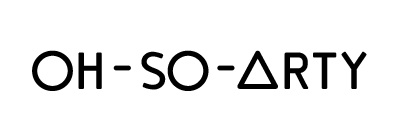The exhibition “Matrice” by Giuseppe Penone is presented by Fendi in its headquarter at the Palazzo della Civiltà and is curated by Massimiliano Gioni, the well known italian director of the New Museum in New York. The famous luxury brand Fendi is now beginning a new art commitment, opening its white marble large space to art shows and events. The “Palazzo della Civiltà” is a 1930-40s spectacular building that has been recently rented by the fashion company as a great symbol of its roman origin. The result is amazingly powerful, impressive and meaningful.
First of all Penone is, without any doubt, one of the purest artists we ever had in Italy: his research on the vulnerability of nature and on natural shapes was persued since the beginning of his career in the 1960s (when he took part to the avant-guarde movement of Arte Povera) to the present.
The most spectacular artwork of the exhibition called “Matrice” is a 30 meter-long sculpture in which the trunk of a tree has been carved out following one of its growth rings, bringing to surface the past of the tree as well as its evolution and crystallized by a bronze mold which freezes nature’s flow of life. The romanticism of Penone’s art is even more evident in the delicate “Acacia Thorns-Contact”: a canvas where the image-shape of a person’s face is drawn with hundreds of thorns, sticked on the canvas surface. It represents traces of men absence, like footprints, but way more evocative. That’s why the union between Penone’s evocative works and the large white and bright square-space of the building is a great description of an allegory, of absence.
What I mostly loved about the exhibition is the contrast between the smoothness of the white marble all over the space and the organic ruggedness of Penone’s materials like wood trunks. The same contrast between the bright glow of the space and the opacity of the sculptures or between the geometrical perfection of the walls, windows and rooms and the curvy fluidity of the branches coming out from Penone’s tree-shaped sculpture. That is metaphorically the same contrast between time and nature or between human history and natural transience.











